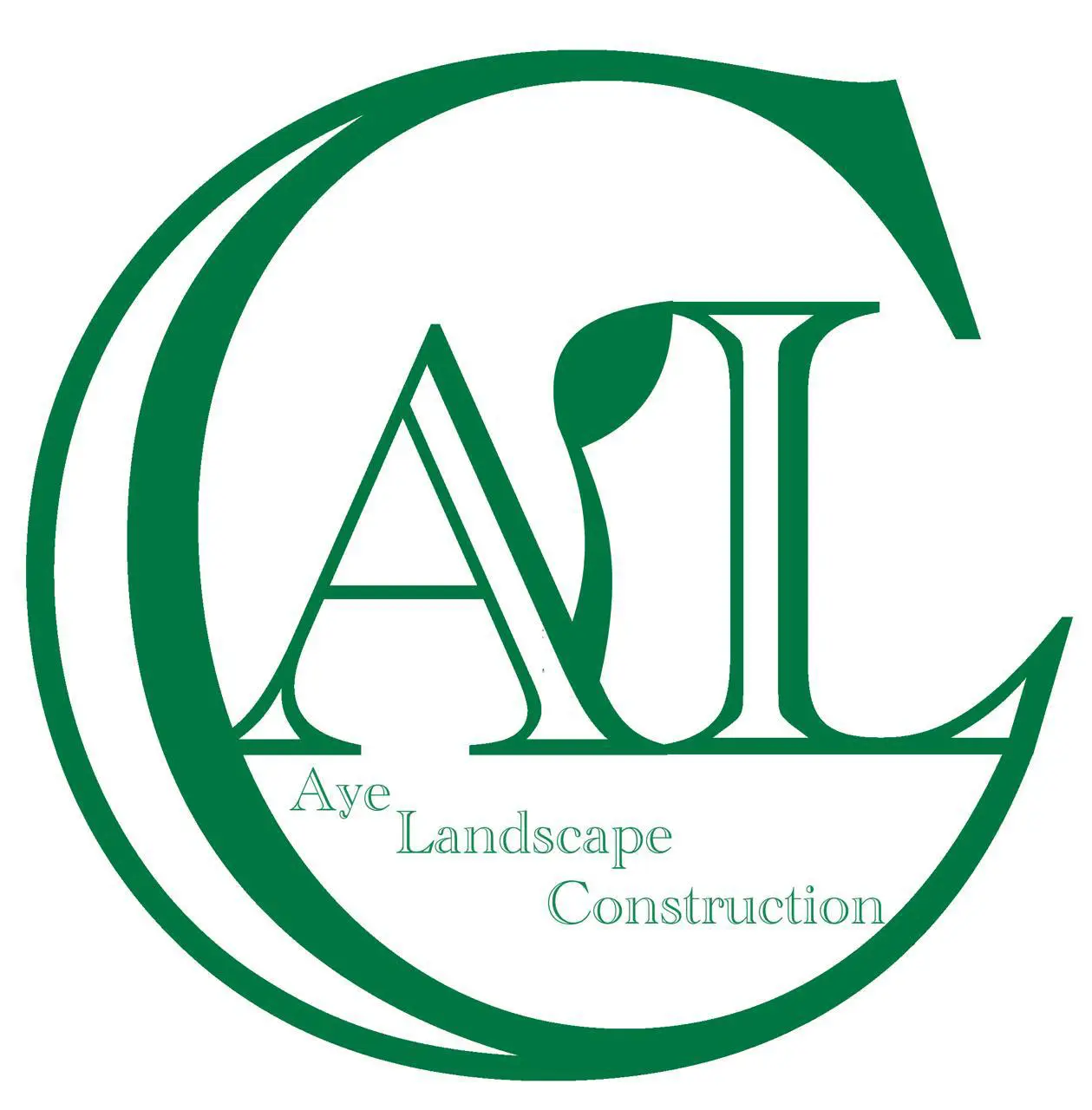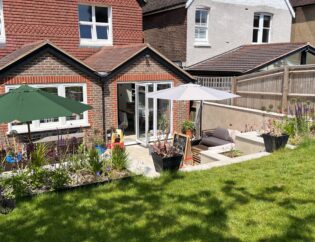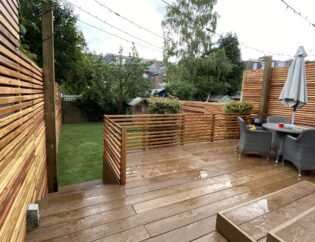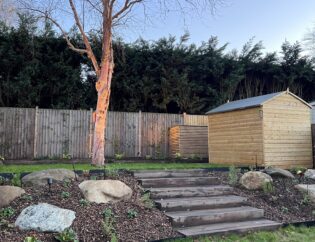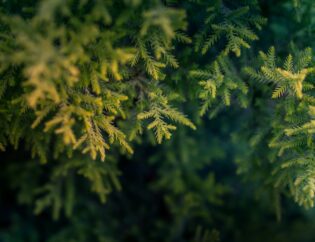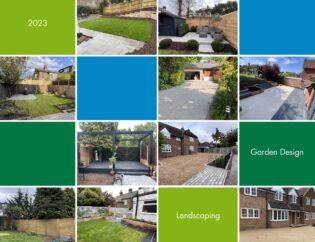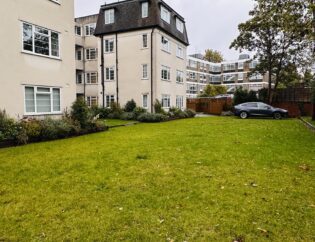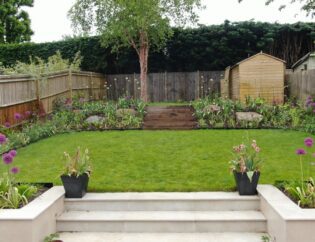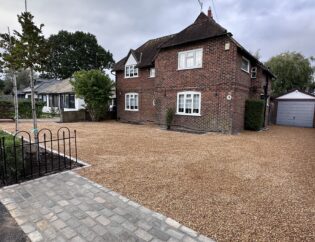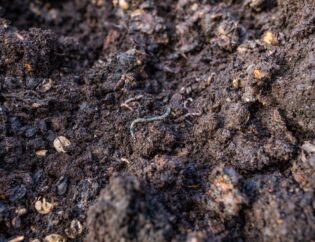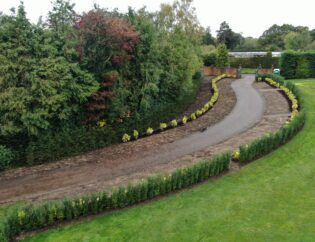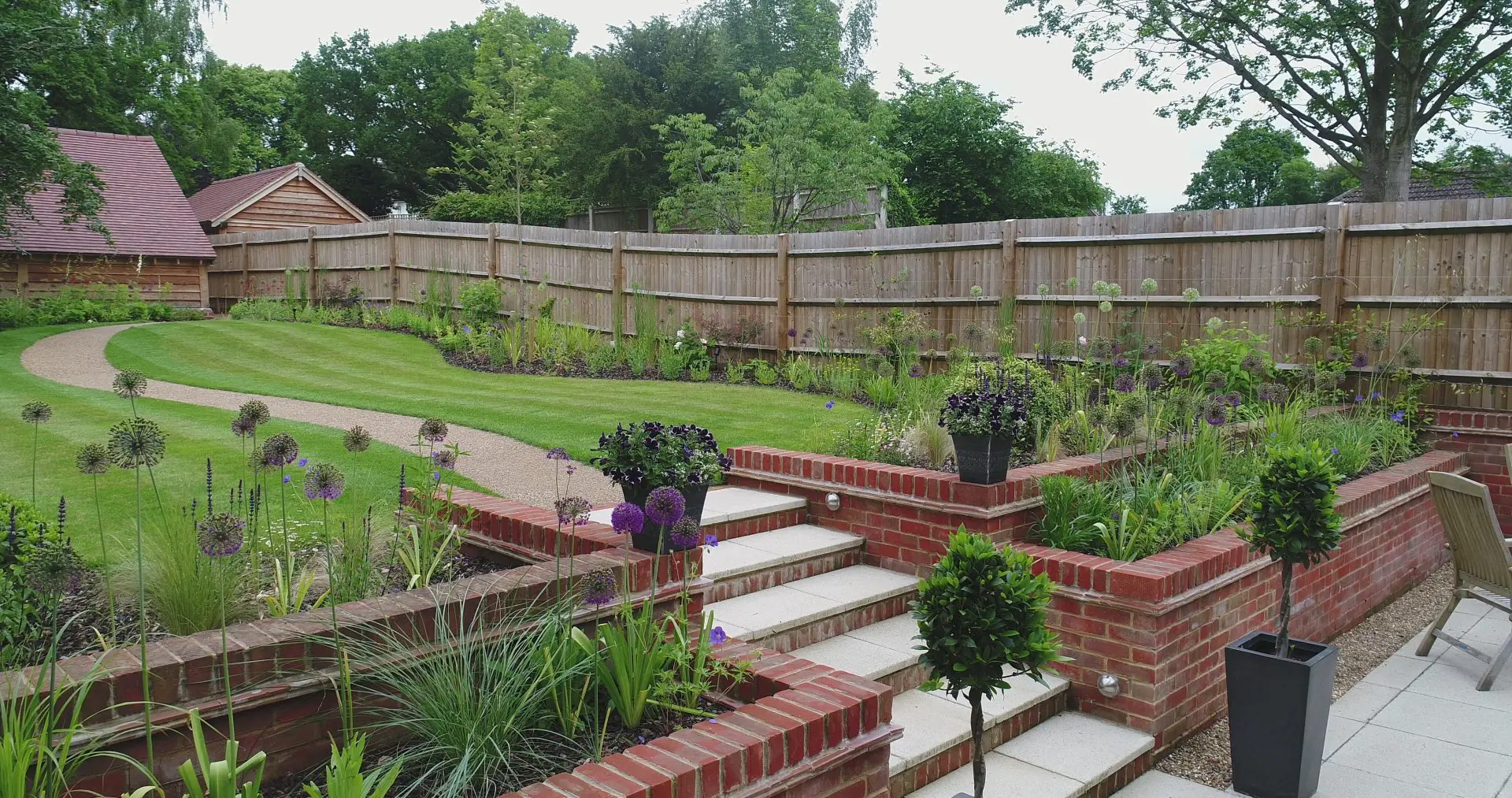
Retaining walls: Building your garden’s foundations
Retaining walls are built to hold back soil, or other materials, and prevent them from eroding or collapsing into lower areas. They can be important structural features that form the foundations of your landscaping design.
Retaining walls are typically used to create level ground, or terraces, in landscapes with slopes or uneven terrain. They can also act as boundaries, create multi-tiered garden beds, and generally bring interest to your landscaping design.
Once you have decided where to use retaining walls in your landscape design, it's important to choose the right material for your project. In this post, we will look at the different material choices, and the benefits of each.
Timber Retaining Walls
Timber retaining walls are a classic choice, popular for their rustic appeal and versatility. Constructed from pressure-treated timber, timber training walls are ideal in traditional or rustic landscapes. They are relatively straight forward to install, and can easily be customised to whatever size you need.
Timber retaining walls are particularly suitable for small to medium-scale projects. For example, to create garden terraces or delineate flower beds. However, it's essential to consider the longevity of timber and potential maintenance requirements, as they may need periodic treatment, or even replacement, to withstand the elements. If you want to use timber for your retaining wall, there are several options. Two of which we would like to highlight:
- WoodBlocX™ The rough-sawn wood of the WoodBlocX system is attractive in itself and needs no varnishing. It will naturally fade to grey over the years. It is also suitable for painting. A WoodBlocX retaining wall can be expected to last for at least 15 years. It can be built up to 1 metre high in a single span - and many structures have been built higher using terraces.
- Timber Sleepers Timber sleepers are available in many sizes, in both new and reclaimed wood, and in softwood and hardwood options. Reclaimed sleepers have generally been used in railway lines and so they have a more worn, rustic look. However, you should remember that they will be covered with years of grime and tar from the railway, which may not be what you want in your garden! Instead, you could opt for new, square-edged sleepers, in either softwood or hardwood, which are more suited to a contemporary scheme. For further details on the different types of timber sleepers available, take a look at our post 'Using oak timber sleepers in your garden'
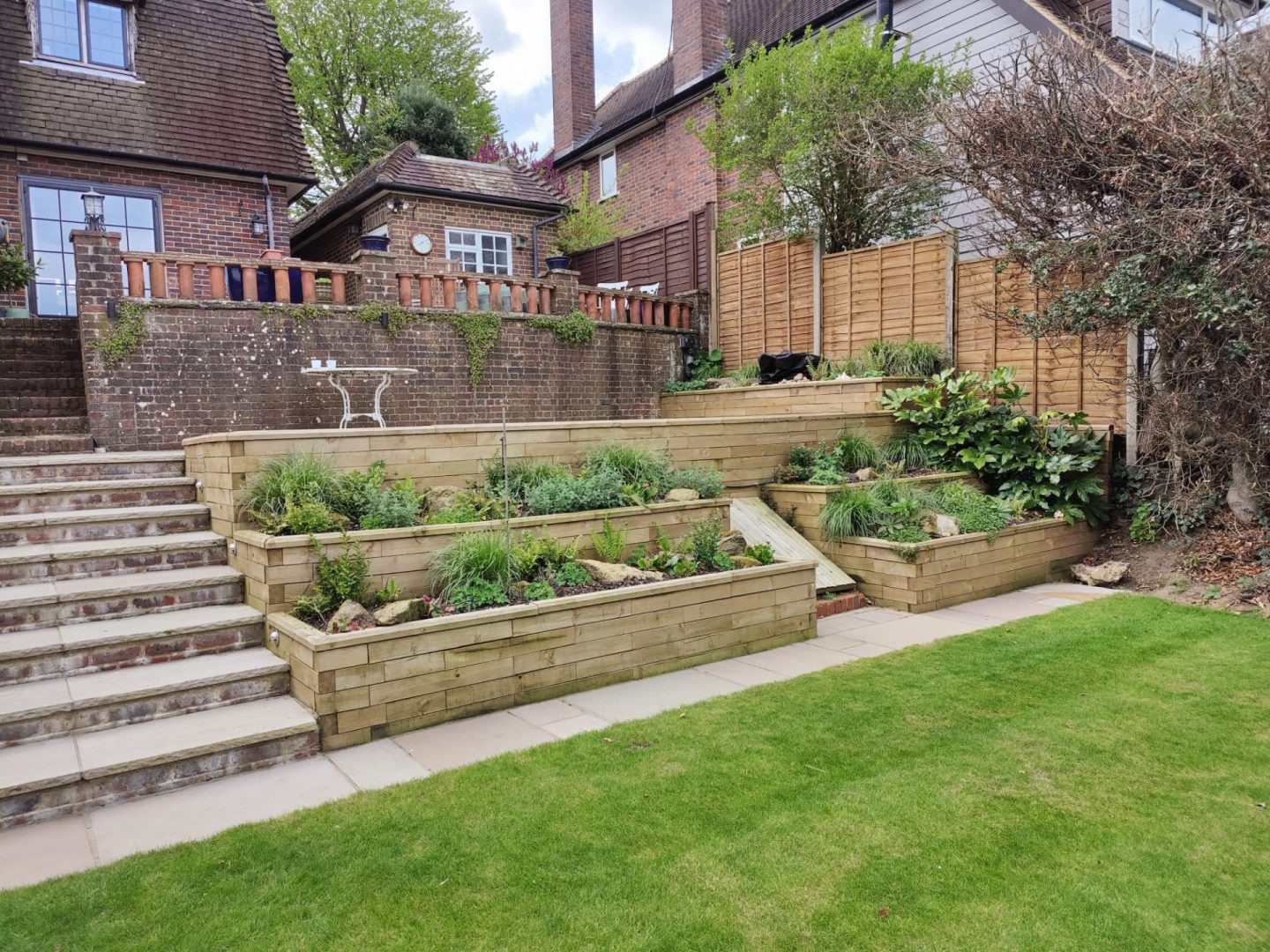
Brick Retaining Walls
Brick walls are a classic choice for a reason. Brick is attractive, long-lasting and durable, and comes in a wide range of colours and textures. Brick walls are also versatile, allowing you to build your retaining wall in the shape you require. Choose from the variety of bricks available, and the different piers, pier caps and finishings that you could add, and your brick retaining wall can become a perfect focal point in your garden.
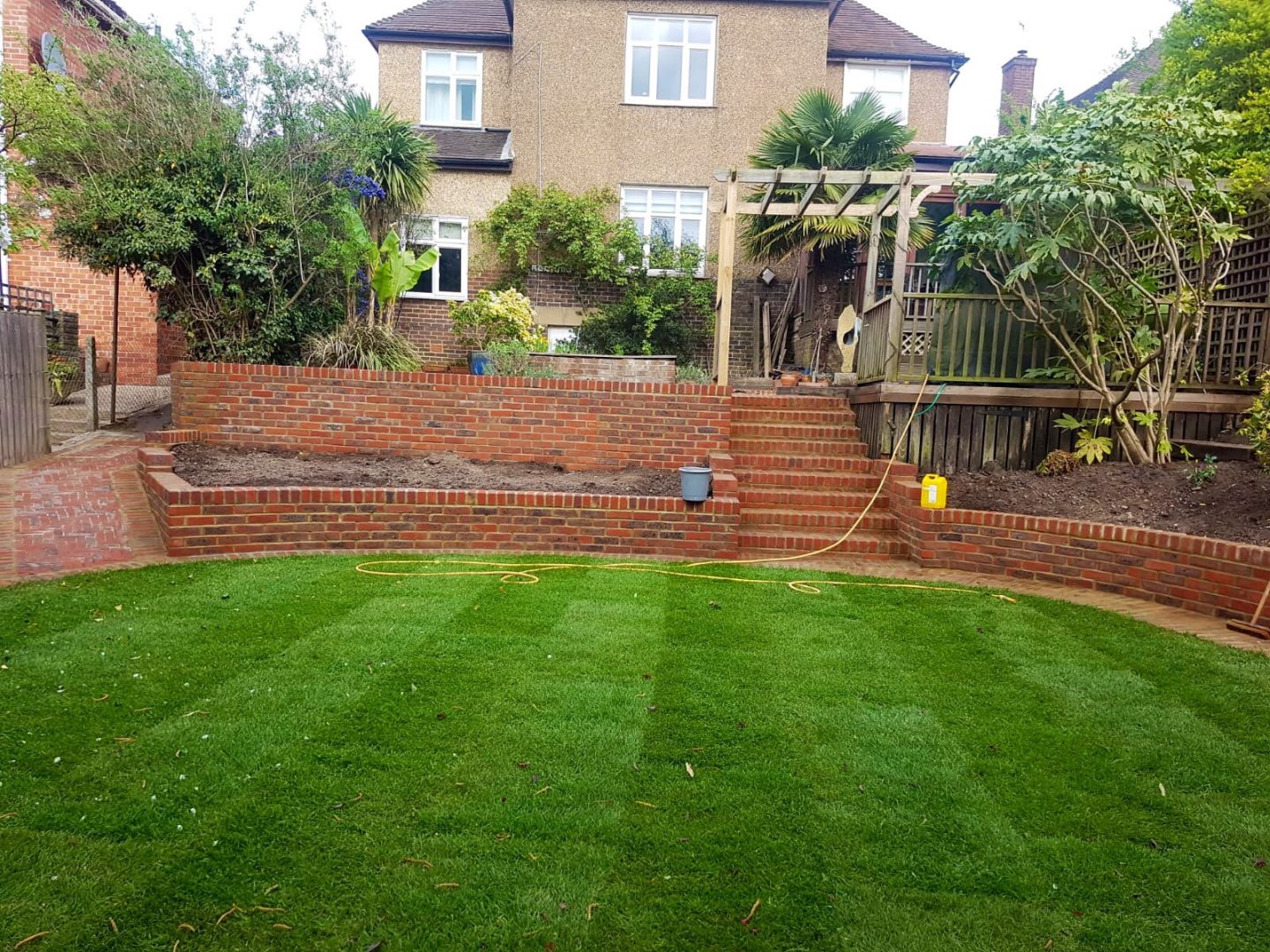
Natural Stone Retaining Walls
Crafted from locally sourced stone or quarried materials, each stone is unique in texture, shape, and colour. Natural stone retaining walls offer exceptional durability and longevity, and weather gracefully.
We particularly like to use Indian sandstone. The blocks vary in thickness, creating a mature look in traditional settings. The consistent colouring of kandla grey stone also suits more relaxed contemporary designs. Available in mint, kandla grey and raj green, and in various lengths to create different bond-work effects, the walling blocks have hand-cut edges and clefted surfaces softened with tumbling. This creates an instantly weathered profile that works particularly well in more traditional settings.
Rendered concrete retaining walls
Rendered concrete retaining walls offer a great alternative to brick. Available in a variety of colours, they bring a contemporary aesthetic to garden designs. Used for their durability and strength, these walls offer excellent stability, making them suitable for retaining large volumes of soil or creating substantial structural support.
Concrete block walls come in various finishes, from smooth to textured, allowing you to customise them to complement any landscape style. Additionally, concrete retaining walls can be coloured or stained to match existing hardscape elements, providing a cohesive look to the outdoor space. While concrete walls require professional installation due to their weight and complexity, they offer long-term reliability with minimal maintenance, making them a practical choice for both residential and commercial use.
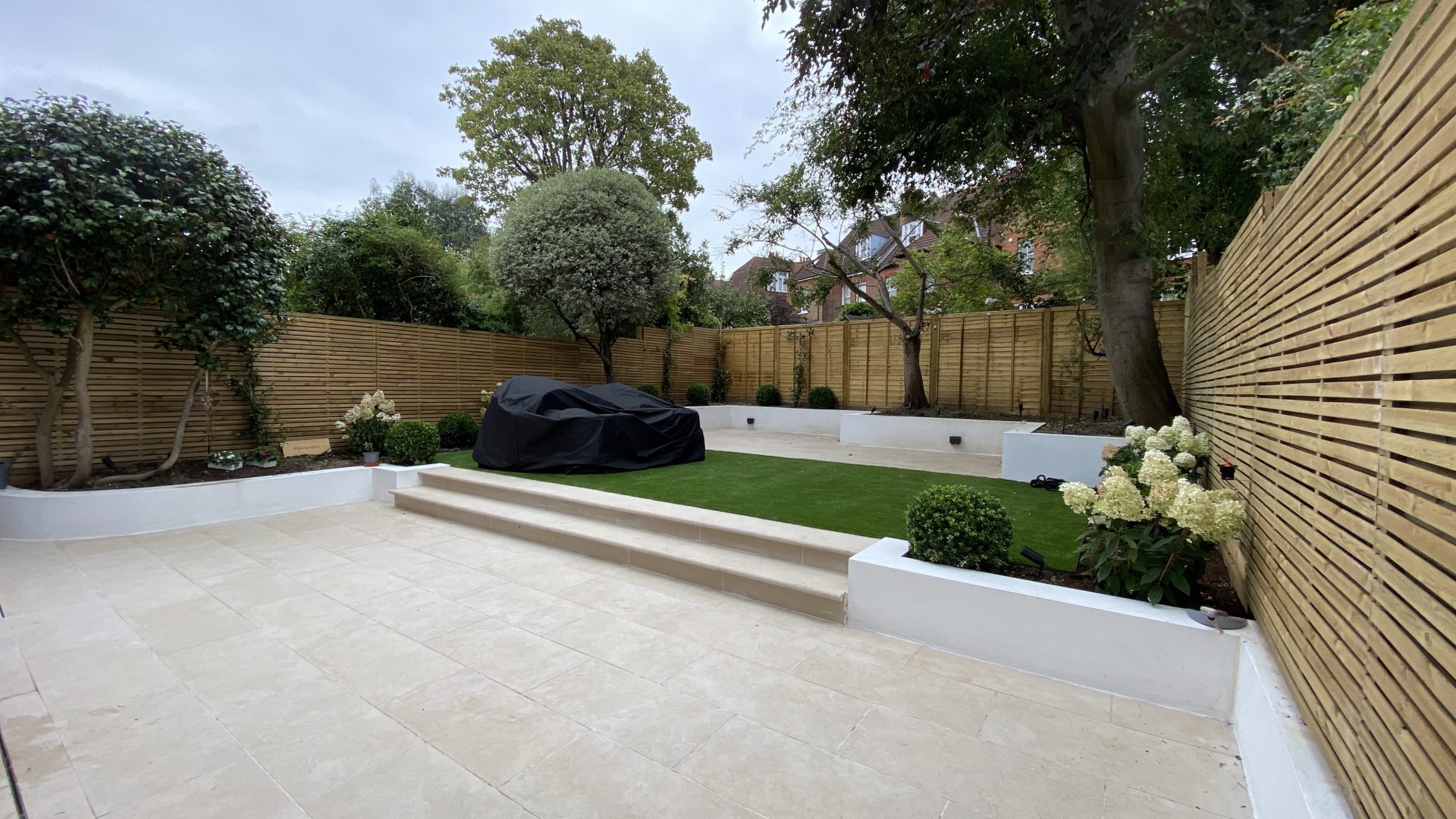
Porcelain and stone cladding:
Cladding and walling are used by garden designers and landscapers to face new walls or to help turn unsightly retaining walls into a more attractive feature. By using a material that complements the overall design scheme, exterior cladding can often be used to create focal points or areas of definition. Especially when accompanied by clever exterior lighting and planting.
- DesignClad is a high-performance porcelain wall cladding that opens up a wealth of design options. Offering all the advantages of porcelain, its very low-maintenance, highly durable character makes it ideal as a stylish, long-lasting wall covering. Virtually non-porous, highly scratch-resistant and available in a wide range of fade-proof colours, it can be cut to any size.
- Stone wall cladding comes in a variety of different stones and finishes to achieve the look you want for your garden. Essentially, the stone cladding is made from offcuts from natural stone, so you have the same choice of colours and textures to choose from. You’ll then need coping stones to finish off the wall, which will give you further opportunities to personalise your design.
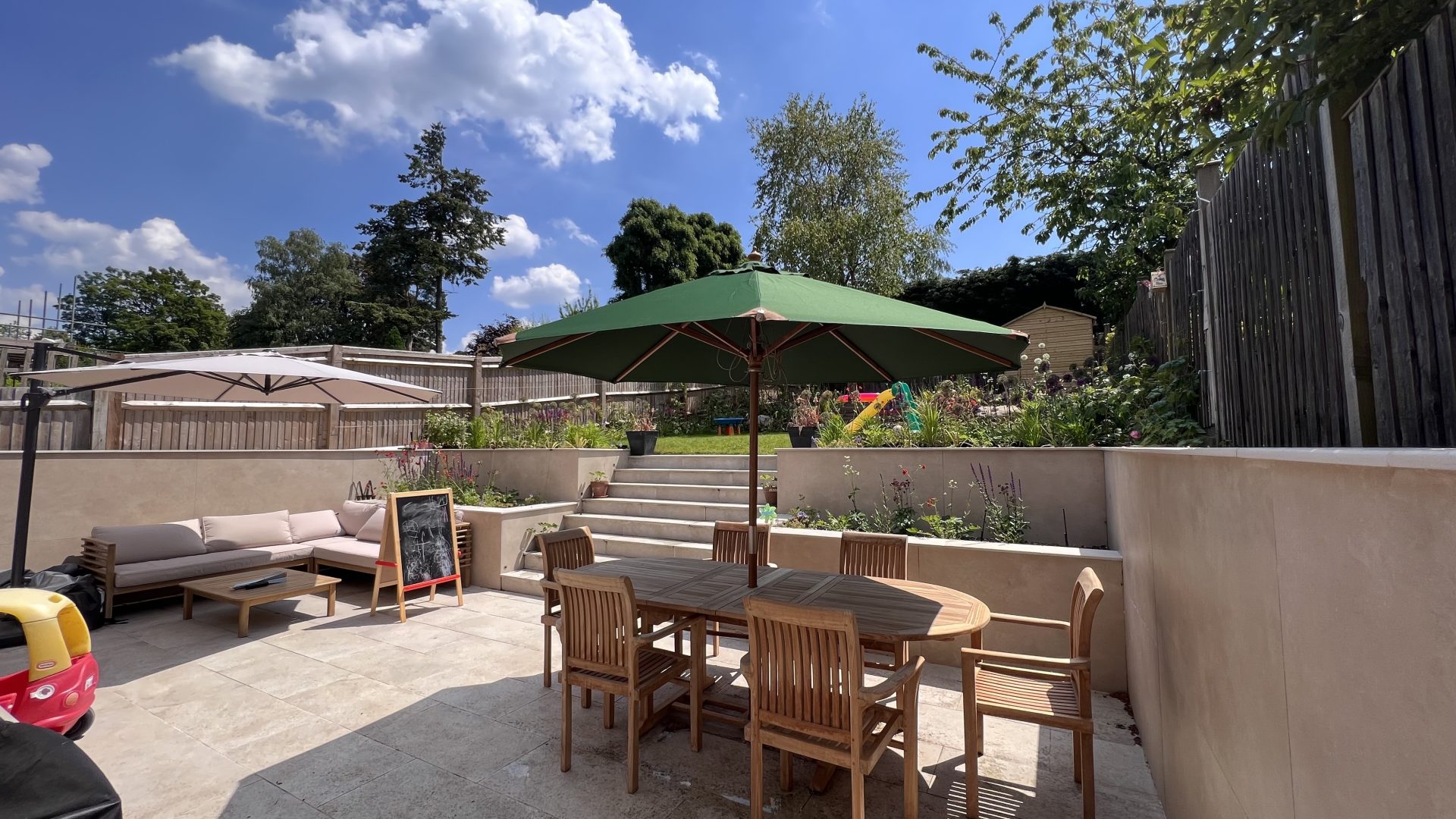
CorTen Steel Retaining Walls
CorTen steel has become a popular choice for all kinds of garden features in recent years. We are seeing some interesting uses of this flexible material, including the construction of retaining walls and high garden edging. Once a layer of rust forms on the surface of the metal, the deep orange colour is stunning against the greenery of your garden. This is another versatile material that can be formed into whatever shape you require. Furthermore, once erected, the steel needs little aftercare or maintenance.
Whatever material you choose for your retaining walls, be sure to get professional advice. Soil is extremely heavy, so you need to be sure that your plans can convert to sound, safe structures. You’ll also need to consider drainage, and possibly even planning permission.
There are so many options to choose from, to suit every landscape's unique requirements. Whether you prefer the rustic charm of timber, the durability of concrete, the versatility of concrete, or the elegance of natural stone, there's a retaining wall solution to elevate your outdoor space. By understanding the characteristics of each type of retaining wall, you can make an informed decision that enhances both the beauty and functionality of your garden.
Get in touch to have a chat about your decking project, and let’s see how we can help you.
